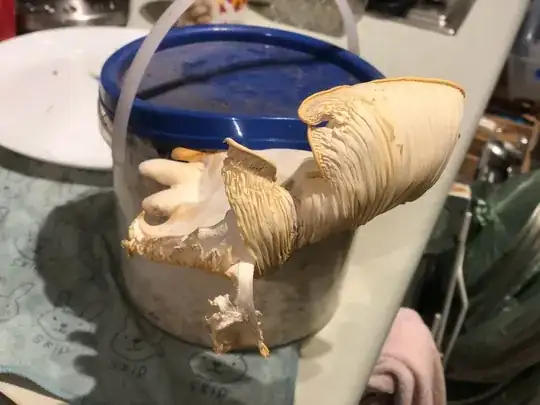The reason that pasteurization is used when growing oyster mushrooms is that the media (usually straw) doesn't support contamination as easily as grain media since it's not as rich in nutrients. This means it's also much forgiving in terms of sterile technique when innoculating the media. Grain media readily contaminates in the home so needs to be sterilized.
The reason you have to keep the media heated for such a long time to pasteurize is that the media is usually quite bulky and you need to be sure that the heat is penetetrating the entire bag of media. You can see that pasteurizing milk takes 30 mins with shorter times depending on technique.
A microwave can't reach temperatures much higher than 100 deg C (because it's agitating water molecules) and therefore can not sterilize. If those water molecules are not contained, they turn into steam and leave the substance. If contained, such as in an egg, they tend to explode!
The substance to be heated also needs water content and fungal spores have a low water content making them hard to heat with microwaves.
A pressure cooker is thus pressurized to 15 psi to reach a sterilizing temperature of 121 deg C, and the 90 mins duration for jars is to make sure that that temperature reaches evenly throughout the jars. Bags of substrate such as wood chips have to be heated for more than 2 hours.
Note that straw can be pasteurized without heat using hydrated lime or other alkali techniques, and it's possible that a microwave could be used if you did fractional microwaving where you heated, cooled and allowed the spores to germinate once they had become hydrated, and then heated again in a number of cycles. But this sounds very painful.
